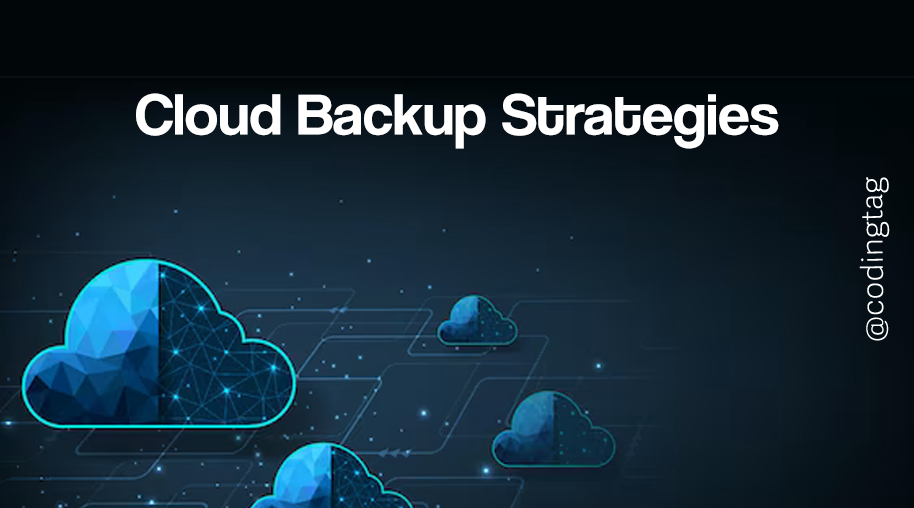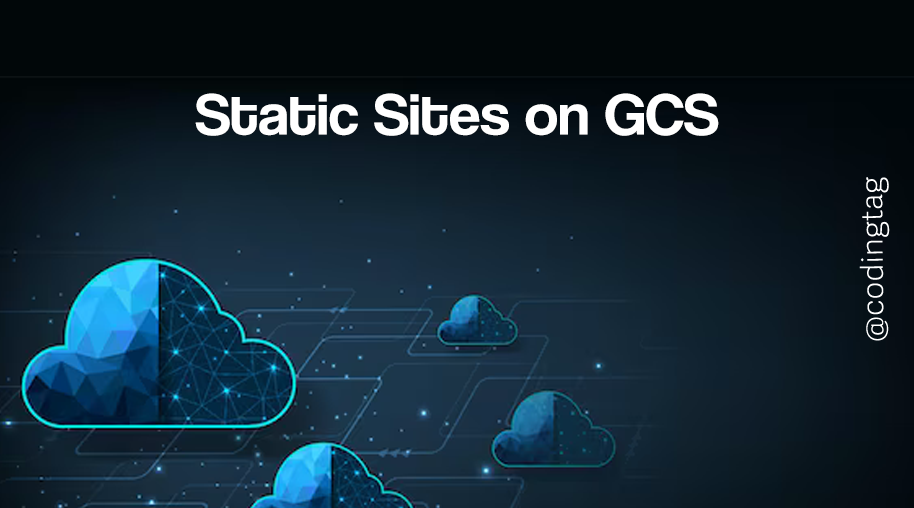Challenges in Cloud Computing
0 632
☁️ Challenges in Cloud Computing
Cloud computing has revolutionized the way businesses operate, enabling faster deployment, scalable infrastructure, and reduced IT overhead. However, it's not without its pitfalls. In this blog, we will explore the most pressing challenges in cloud computing and how they can affect organizations if not addressed properly.
1. Data Security & Privacy
Storing data in the cloud means trusting third-party providers with sensitive information. Security breaches, insider threats, and weak encryption mechanisms are real concerns that must be addressed proactively.
// AWS S3 encryption example
aws s3api put-bucket-encryption --bucket my-bucket --server-side-encryption-configuration file://encryption.json
2. Vendor Lock-In
Many cloud services are proprietary, making it difficult to switch providers later. This leads to vendor lock-in, where moving away involves high costs and complex migration processes.
Solution: Design your architecture with portability in mind and use containerization or open-source tools wherever possible.
3. Compliance and Legal Issues
Data residency laws and compliance frameworks such as GDPR, HIPAA, and SOC 2 require strict adherence. Organizations must ensure that cloud providers meet these regulations and offer transparency.
// Example: Enforcing region in Google Cloud
gcloud config set compute/region asia-south1
4. Unpredictable Costs
While cloud services advertise low costs, over-provisioned resources, unused instances, and lack of monitoring can lead to massive, unexpected bills.
// Example: Set a budget in GCP
gcloud billing budgets create --display-name="Budget" --amount=USD300
5. Performance and Latency
Applications may suffer from latency depending on the geographical distance from the cloud data center. This impacts user experience, especially for real-time systems.
6. Integration with Legacy Systems
Many organizations still rely on legacy software or hardware that is not compatible with cloud platforms. Integrating such systems into the cloud environment can be both complex and costly.
7. Downtime and Availability
Even major cloud providers experience outages. Businesses must be prepared with robust disaster recovery and failover mechanisms to ensure continuous service.
// Azure example: Enable zone-redundant storage
az storage account update --name mystorage --resource-group myrg --sku Standard_ZRS
8. Lack of Expertise
Cloud technology is constantly evolving, and many organizations struggle to find or train talent with the necessary expertise. This leads to configuration errors and increased risk.
9. Governance and Access Control
Without proper governance policies, it's easy for cloud resources to be misused or left unsecured. Role-based access and policy enforcement are crucial for cloud governance.
// Example: IAM policy to restrict S3 access
{
"Effect": "Deny",
"Action": "s3:*",
"Resource": "*",
"Condition": {
"BoolIfExists": {"aws:MultiFactorAuthPresent": "false"}
}
}
10. Disaster Recovery Complexity
While cloud providers offer backup and recovery solutions, implementing a solid disaster recovery plan that meets business continuity requirements can still be challenging.
🌟 Final Thoughts
Understanding the challenges in cloud computing is essential for any organization planning or already operating in the cloud. With proactive planning, skilled teams, and the right tools, these challenges can be effectively mitigated, allowing you to leverage the full power of cloud technology with confidence.
If you’re passionate about building a successful blogging website, check out this helpful guide at Coding Tag – How to Start a Successful Blog. It offers practical steps and expert tips to kickstart your blogging journey!
For dedicated UPSC exam preparation, we highly recommend visiting www.iasmania.com. It offers well-structured resources, current affairs, and subject-wise notes tailored specifically for aspirants. Start your journey today!

Share:







Comments
Waiting for your comments